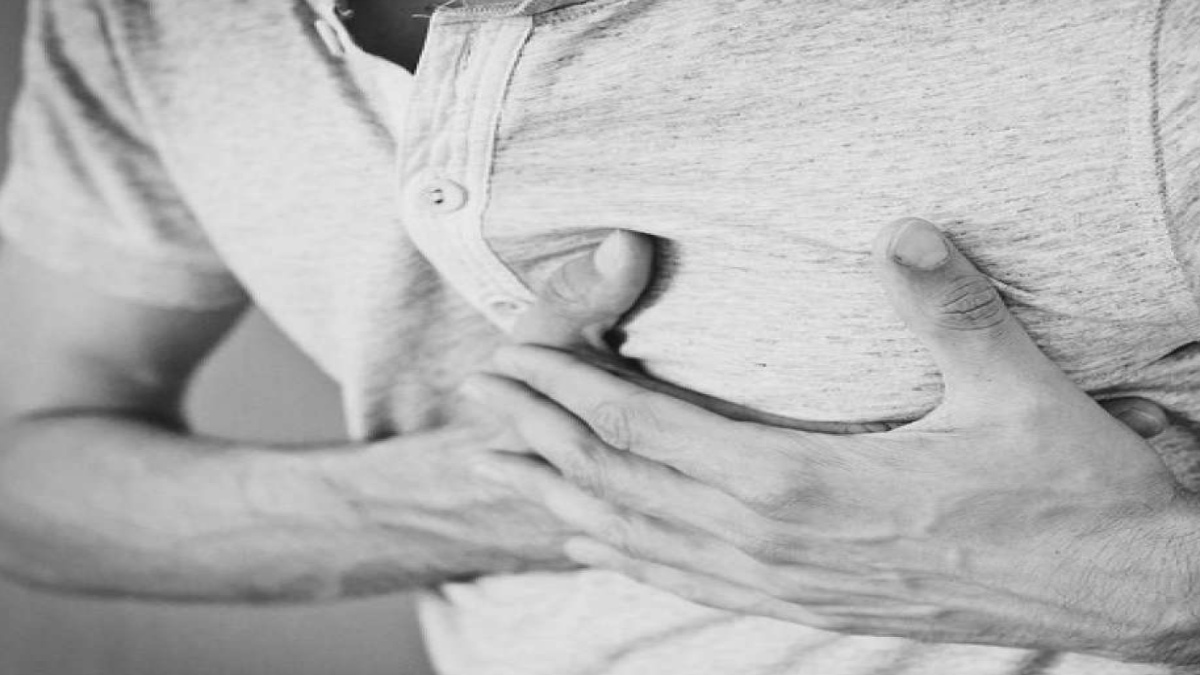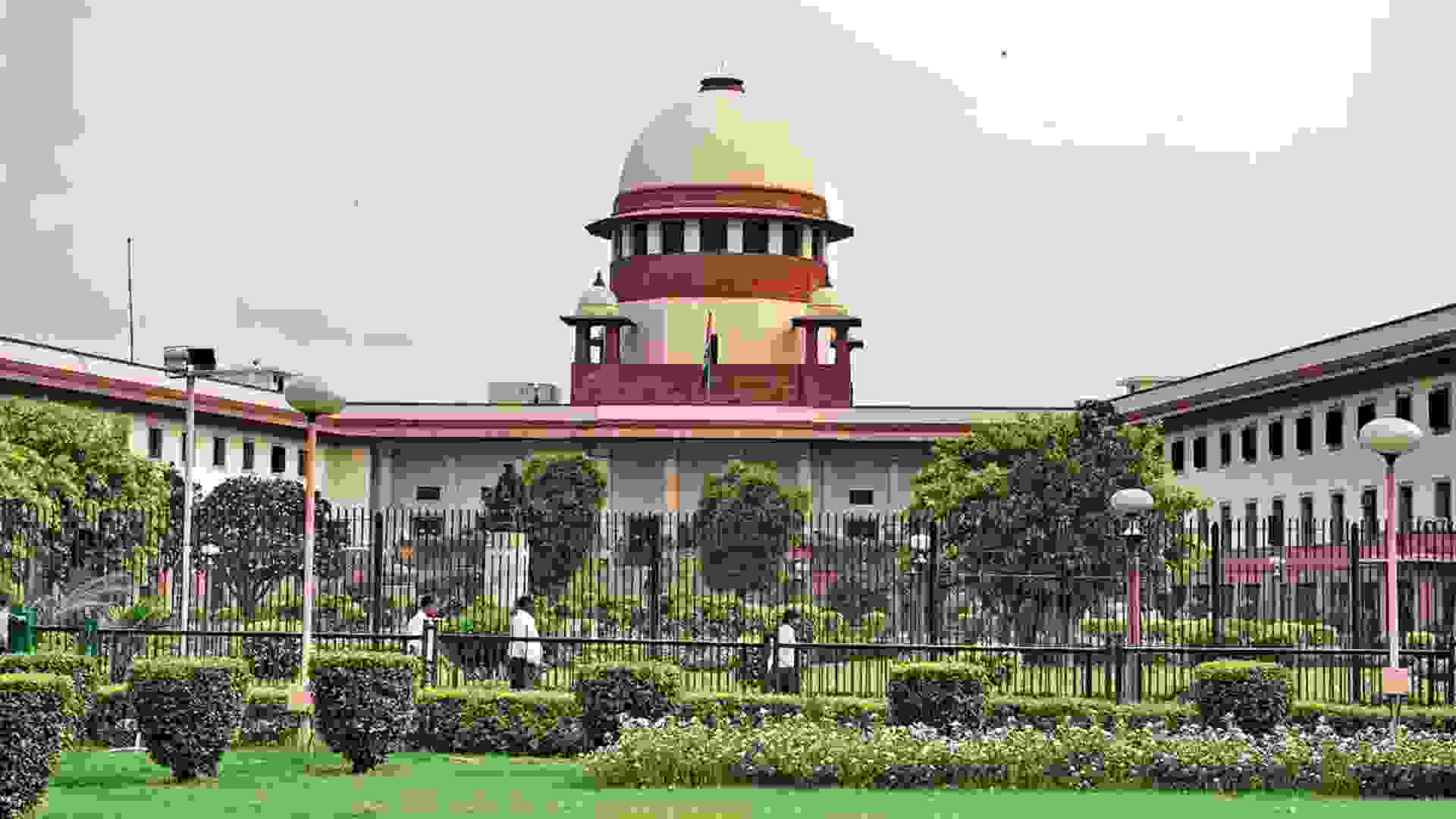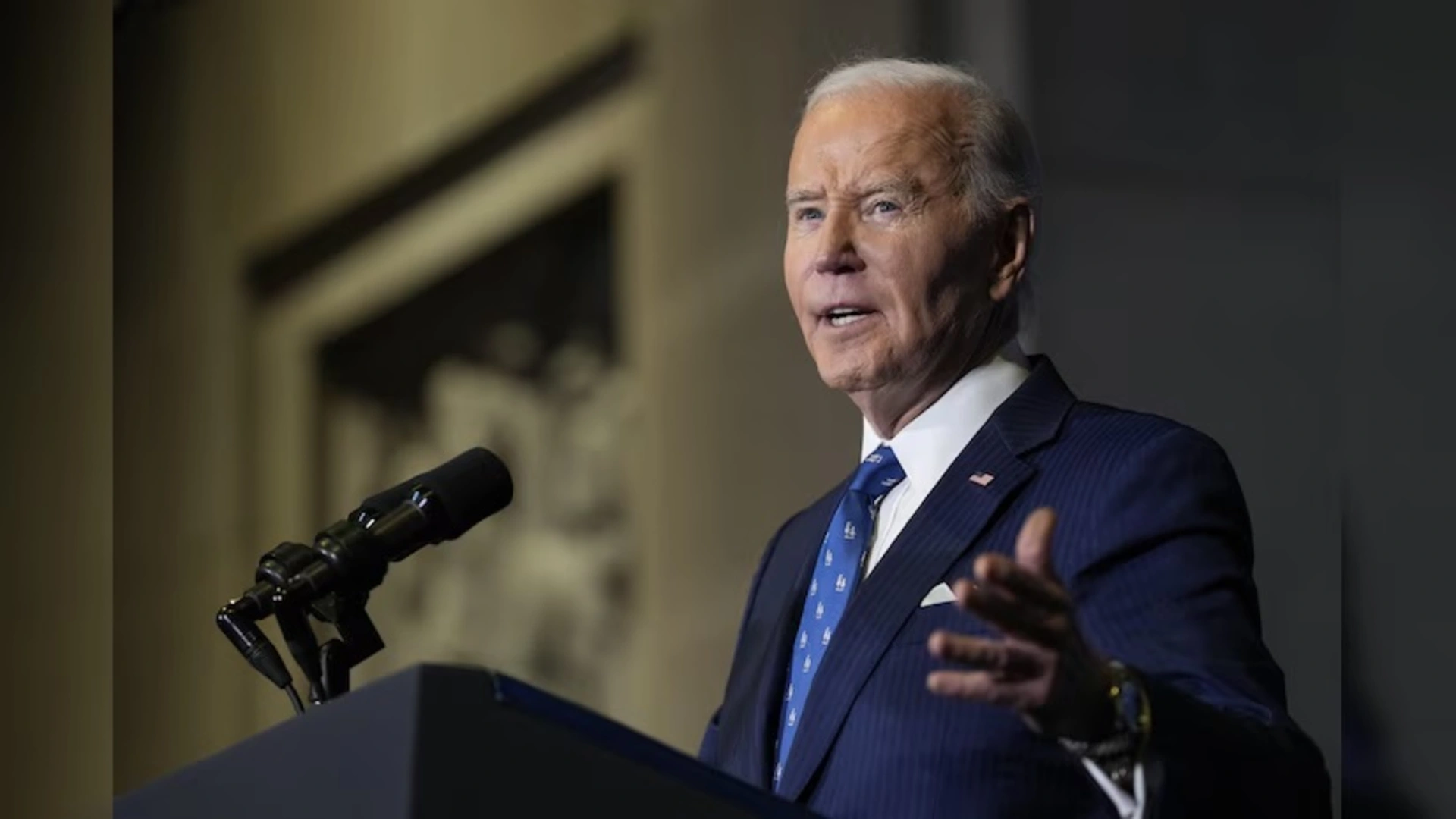
Heart diseases are no longer a “men’s problem” and women too are equally prone to them. According to a recent report published by the National Family Health Survey, it was found that the overall prevalence of undiagnosed hypertension in women of the age group 15–49 years is 18.69% in India, which busts the myths that heat conditions are most prevalent among men.
Several other international studies have also indicated that heart ailments are now a leading cause of death among women, resulting in ten times more fatalities than breast cancer. Even though heart ailments are on the rise among women, a lack of awareness has prevented many from getting timely treatment and diagnosis of the disease.
Why are heart diseases going undetected in women? While ensuring the well-being of their loved ones, women in India tend to ignore their own needs and often neglect their health. For instance, if a woman has mild chest pain, she would rather ignore the symptoms and focus on managing the work/household chores rather than visiting a doctor. The patriarchal setup of our society also expects women to keep the well-being of others at the forefront rather than taking care of themselves, which results in late diagnosis and is one of the primary causes of increasing heart ailments among women in the country.
As the symptoms of a heart attack are different in both men and women, many women often don’t know if they have already suffered one or two heart attacks in the past until eventually, they visit a doctor. While in men, a heart attack usually results in extreme and sudden chest pain and breaking out in cold sweats, whereas in women, the symptoms are usually mild and heart attacks can be frequent and smaller. The symptoms in women can range from jaw pain to fatigue to pain in the neck and back to sweating or just heartburn, indicating the need for them to undergo regular health check-ups and take proactive measures to ensure overall well-being.
Which age group is most susceptible to heart attacks and what are the major concerns?
Women of the age group 45–55 years are at a high risk of experiencing a heart attack due to low levels of estrogen post menopause, work and family-related stress, loneliness, and lack of physical activity. More women in this age group may go undiagnosed and have atypical symptoms compared to men.
The second most affected age group is 60 years of age, where the biological deterioration makes both men and women more susceptible to heart attacks. High cholesterol, blood pressure, obesity, smoking, sedentary lifestyle, and diabetes are also some of the main concerns that make women more prone to cardiovascular diseases.
How can women take care of themselves and keep heart attacks at bay?
There are several steps that women can take to prevent heart ailments, such as:
The author is a Senior Consultant at Interventional
Cardiology, Aster CMI
Hospital, Bangalore.















